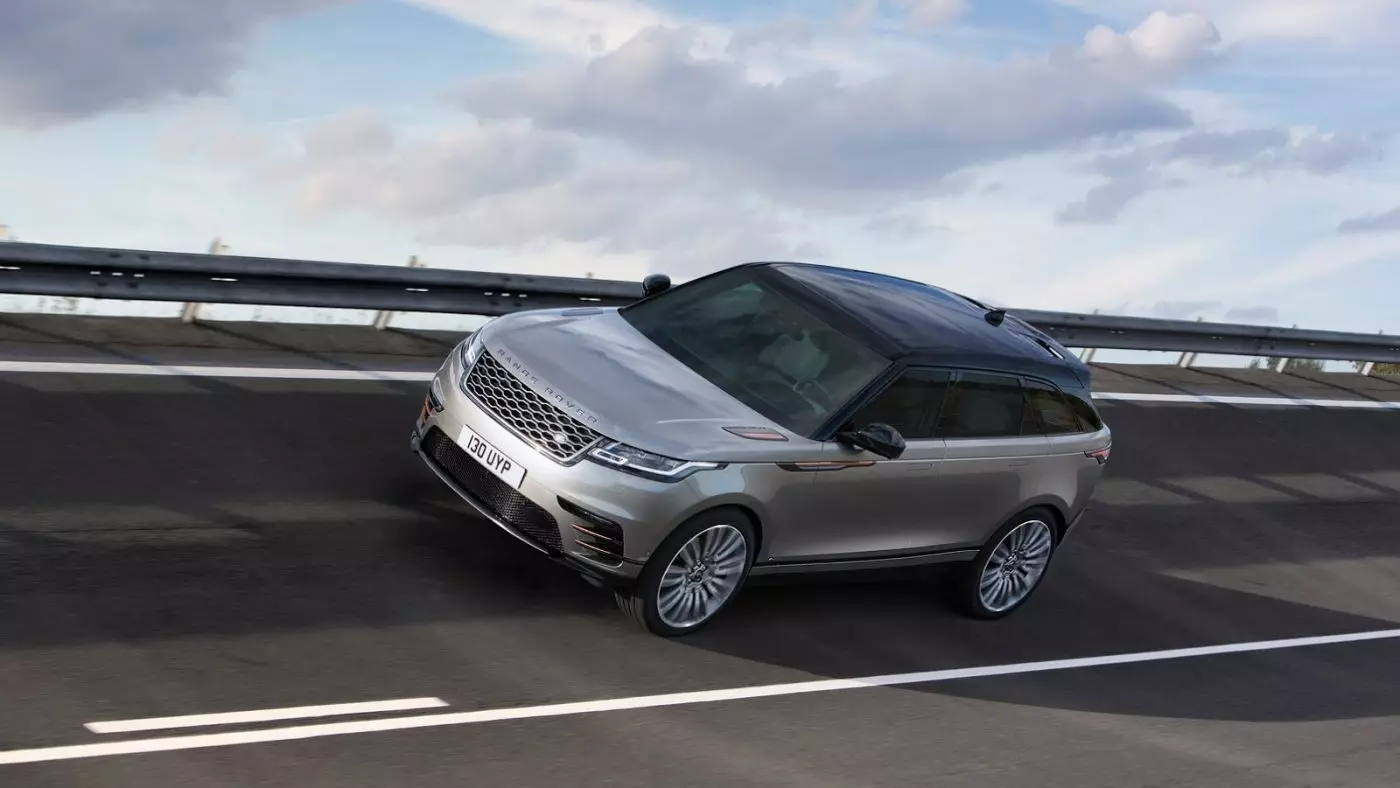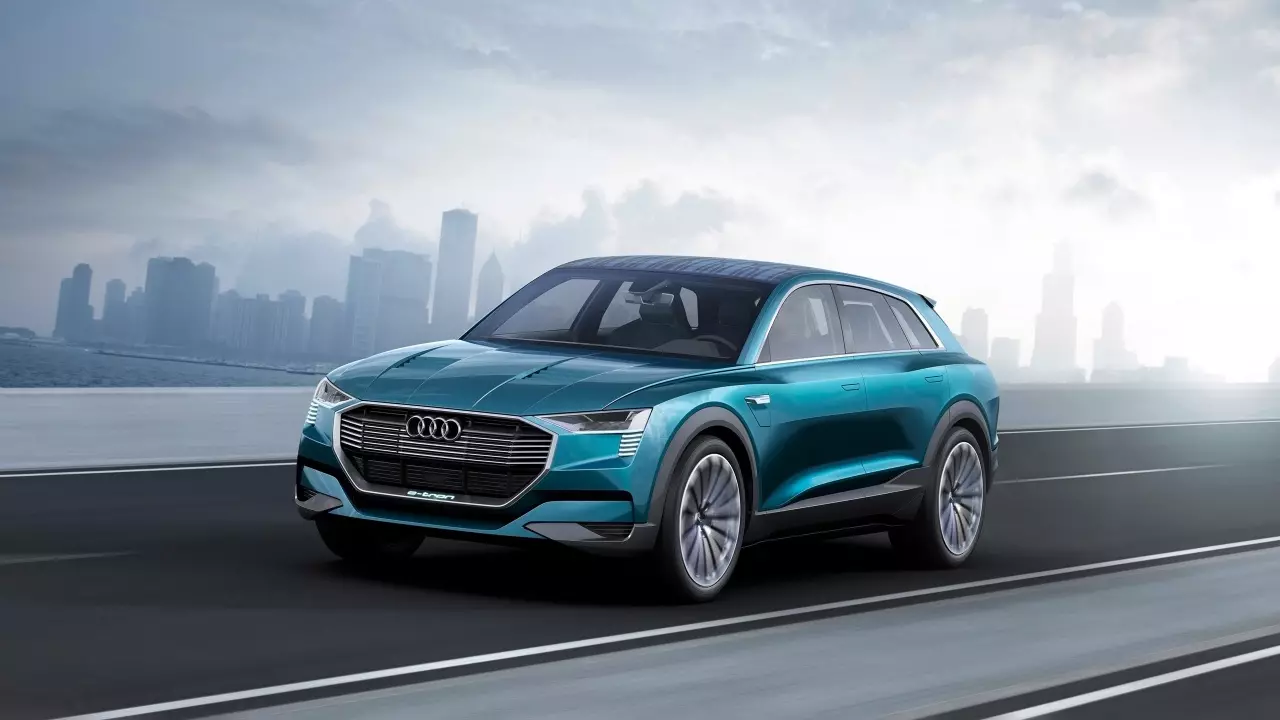It is precisely the premium brands that are most exposed to dependence on diesel engines. Data published by JATO Dynamics describes an over-reliance scenario.
In the German premium trio, diesel engines account for approximately 70% of total sales at Audi and Mercedes-Benz, and almost 75% at BMW. However, there is a decrease compared to last year.
German premium brands are not alone. At Volvo, Diesel represents an 80% share, at Jaguar around 90% and at Land Rover they represent around 95% of sales.

Considering the attacks that Diesel engines are suffering, the commercial dependence of this type of engine becomes a problem that urgently needs to be resolved.
The Siege of Diesels
Dieselgate has been singled out as the main cause of this "close attack" on Diesel. But it's not true. Why? Because most of the measures and proposals announced were already planned before the events that took place in 2015.DID YOU KNOW THAT:
a href="https://www.razaoautomovel.com/2017/03/15-navios-puluem-mais-que-os-automoveis" target="_blank" rel="noopener">Do the 15 largest ships in the world emit more NOx than all the cars on the planet combined? know more here
Among these proposals we find the continuous evolution of pollutant emission standards – Euro 6c and Euro 6d -, which were already scheduled to come into force in 2017 and 2020, respectively. The new driving cycles – WLTP and RDE - were also expected to come into force this year.
It is possible but not feasible
Although it is technologically possible to comply with these regulations, the cost of complying with them is what makes Diesels an increasingly unfeasible solution in the eyes of manufacturers, due to the more expensive components (high pressure injectors, particle filters, etc.).
Especially in the lower segments, where the price variable has an added weight in the purchase decision and where profitability margins are lower.

Recently, the European Union presented a bill focused on the approval process for new vehicles. The objective is to make the process more rigorous, facing conflicts of interest between national regulatory authorities and car manufacturers.
Also several European capitals and cities intend to progressively ban diesel vehicles. The most recent example comes from London, which is currently discussing a proposal that will force drivers of older Diesel vehicles to pay an additional 13.50 euros to the already implemented Congestion Charge (congestion charge).
Attack is reflected in sales.
With European politicians now united to demonize the Diesels, the expected progressive end is expected to accelerate. In 2016, 50% of vehicles sold in Europe were Diesel. In the first two months of this year, the share dropped to 47%. It is estimated that by the end of the decade it will drop to 30%.RELATED: Portuguese researcher may have discovered the battery of the future
Generalist brands also have to deal with this rapid transition in the market. Peugeot, Volkswagen, Renault and Nissan also have shares above the market average in Diesel sales.
Only Jaguar, Land Rover and, in general, Fiat, saw Diesel's share grow in 2017. Among the less exposed brands we find Toyota. The continuous focus on hybrid technology means that only 10% of the vehicles sold by the brand in the European market are Diesel (data from 2016).
How will premium brands respond?
Given the high shares of Diesel that they present, it is urgent to find solutions. And, of course, partial or total electrification is, for the time being, the only possible way.
The problem of costs associated with these technologies is still big, but their evolution and their growing democratization is allowing them to go down. The beginning of the next decade should make the cost of these technologies comparable to diesel engines and their costly exhaust gas treatment systems.

Even today, premium builders already have a number of plug-in hybrid (PHEV) models in their ranges. The trend will be to expand the offer.
Even knowing that with the entry into force of the new WLTP and RDE driving cycles, this type of engine will be the most affected. Currently, it is easy to find official consumptions of less than 3 liters per 100 km, with emissions below 50 g CO2/km. An unrealistic scenario.
NOT TO BE MISSED: A hybrid from €240 /month. The details of Toyota's proposal for the Auris.
In the lower segments, where some premium brands are present, semi-hybrid proposals, based on lower cost 48-volt electrical systems, should take the place of Diesels that currently lead the sales charts. Something we had already mentioned on other occasions.electrical invasion
Also 100% electric will be a fundamental part of the fulfillment of future environmental standards. But commercially, doubts remain about its viability.
Not only are the costs still high, all predictions about its acceptance have failed to date. It does not prevent us from witnessing an invasion of proposals over the next few years. We have witnessed a progressive increase in battery capacity, allowing real autonomy of more than 300 km, and the cost of technology continues to decline.
Builders hope that lower costs and higher autonomy are enough reasons to make these types of proposals more appealing.
Tesla played a key role in this perception. And the next few years will be the litmus test for established premium brands.
2018 will see the arrival of three new pure electric SUVs or crossovers from Audi, Mercedes-Benz and Jaguar. On the part of Volvo, there is already a commitment in this regard, since last year that Hakan Samuelsson, Volvo CEO, has been pointing out batteries (literally…) for the partial electrification of the Swedish brand.
By 2021 – the year in which the “dreaded” 95 g CO2/km that almost all builders have to comply with comes into effect – we will see more premium brands, and beyond, submitting purely electrical proposals.

The Volkswagen group, at the epicenter of Dieselgate, will have, by 2025, launched 30 zero-emission models, distributed across its various brands.
If the group's accounts are confirmed, by then it will be selling one million electric vehicles a year. A considerable number, but representing only 10% of the group's total sales.
In other words, in the future, Diesel will continue to be part of the mix of solutions, but the main role will be the partial and/or total electrification of the powertrain. The question that remains to be answered is: what impact will this transition have on car prices and the financial performance of brands?
